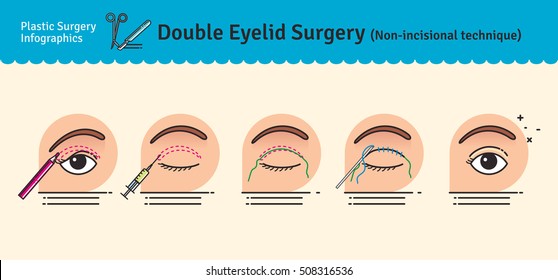The Total FAQ On Refractive Lens Exchange: All The Info You Require
The Total FAQ On Refractive Lens Exchange: All The Info You Require
Blog Article
Authored By-Lundqvist Espinoza
If you're taking into consideration refractive lens exchange, you possibly have a great deal of questions. This treatment could change how you see the world, providing advantages like reduced dependancy on glasses. Nevertheless, it's important to understand the process, threats, and that certifies as an excellent prospect. Let's explore these vital elements so you can make an informed decision regarding whether RLE is right for you.
What Is Refractive Lens Exchange and Exactly How Does It Function?
Refractive lens exchange (RLE) is a procedure made to replace your eye's all-natural lens with an artificial one, correcting vision problems like nearsightedness, farsightedness, or presbyopia.
During the treatment, your surgeon makes a tiny laceration in the eye, removes your natural lens, and inserts an intraocular lens (IOL) tailored to your vision needs. This outpatient surgical treatment typically takes about 15 to 30 minutes per eye and is done under local anesthesia.
You'll likely see renovations in your vision practically promptly, though full healing might take a few weeks. RLE is specifically helpful for those over 40 or with high prescriptions, supplying a resilient service compared to glasses or contact lenses.
Your eye care specialist can aid establish if RLE is right for you.
What Are the Conveniences and Risks of Refractive Lens Exchange?
Choosing refractive lens exchange can cause significant improvements in your vision, however it's important to consider both the advantages and risks prior to deciding.
On the plus side, this treatment can boost your vision by fixing problems like presbyopia, nearsightedness, and hyperopia. Lots of clients enjoy lowered dependancy on glasses or call lenses, which can substantially enhance their quality of life.
Nonetheless, visit the next document to take into consideration potential risks. Problems can include infection, glow, or halos around lights.
There's likewise an opportunity of overcorrection or undercorrection, which might call for extra treatments.
That Is a Perfect Candidate for Refractive Lens Exchange?
If you're thinking about refractive lens exchange, it is very important to recognize whether you fit the profile of an excellent prospect. Usually, you might be a good prospect if you more than 40, experience presbyopia, or have high degrees of nearsightedness or farsightedness.
It's likewise critical that your vision is stable, meaning your prescription hasn't transformed substantially in the past year. If https://www.which.co.uk/reviews/laser-eye-surgery/article/laser-eye-surgery-compared/best-laser-eye-surgery-companies-aKsDr1z2gMQj have cataracts or other eye conditions, you could take advantage of this treatment also.
Nevertheless, specific elements, like unrestrained diabetic issues or autoimmune conditions, could disqualify you. To establish your candidateship, talk to an eye treatment specialist that can review your particular situation and advise the best strategy tailored to your requirements.
Conclusion
In conclusion, refractive lens exchange can be a transformative choice for boosting your vision, especially if you more than 40 or have a high prescription. While the advantages are significant, it's important to evaluate the threats and talk to your eye treatment specialist to figure out if you're an ideal candidate. With the best info and advice, you can make an educated choice and perhaps enjoy a life with reduced dependence on glasses.
